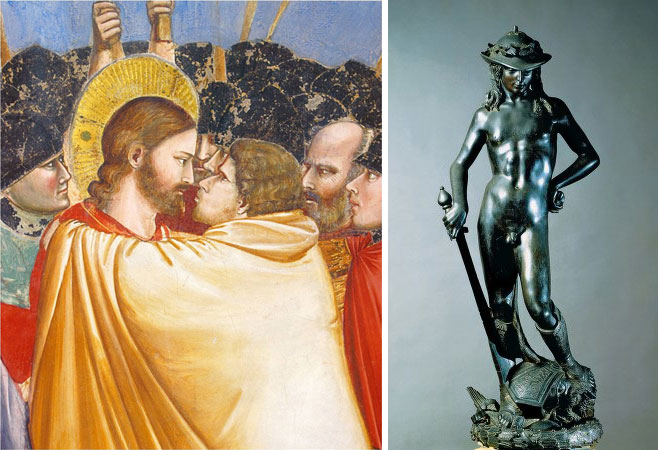
How did the works of Giotto, Donatello, Brunelleschi, and Piero della Francesca come to be regarded as so important in the history of western art? Why, even within the artists' lifetimes, was their art regarded as signaling a "rebirth" of painting and sculpture? This course aims at an understanding of early Renaissance art by seeing it in relation to broader transformations in the culture of the Italian city-states in the fourteenth and fifteenth centuries. The city will be viewed as the site of divergent uses of art by different communities and interests. Images were employed in the expression of identity and status, as a strategic means of producing consensus or exploiting social division, and in an appeal for sacred mediation on behalf of the living and the dead. We will study different genres of visual representation (the altarpiece, mural painting, public sculpture) and the different social spaces where art was displayed (civic buildings, piazze, religious institutions, the domestic environment). Works of art will be considered as modes of argument and as points of interaction among networks of clients, artists, social groups and institutions (guilds, family associations, courts, confraternities), and figures of authority (popes, rulers, citizens, abbots and abbesses). From this multiplicity of uses and responses emerged highly varied conceptions of the nature of the image and the role of the artist, which, in turn, influenced artistic performance. Estimated cost of materials: $50 or more, but less than $100. IV. 3
This course fulfills the Humanities distribution requirement.